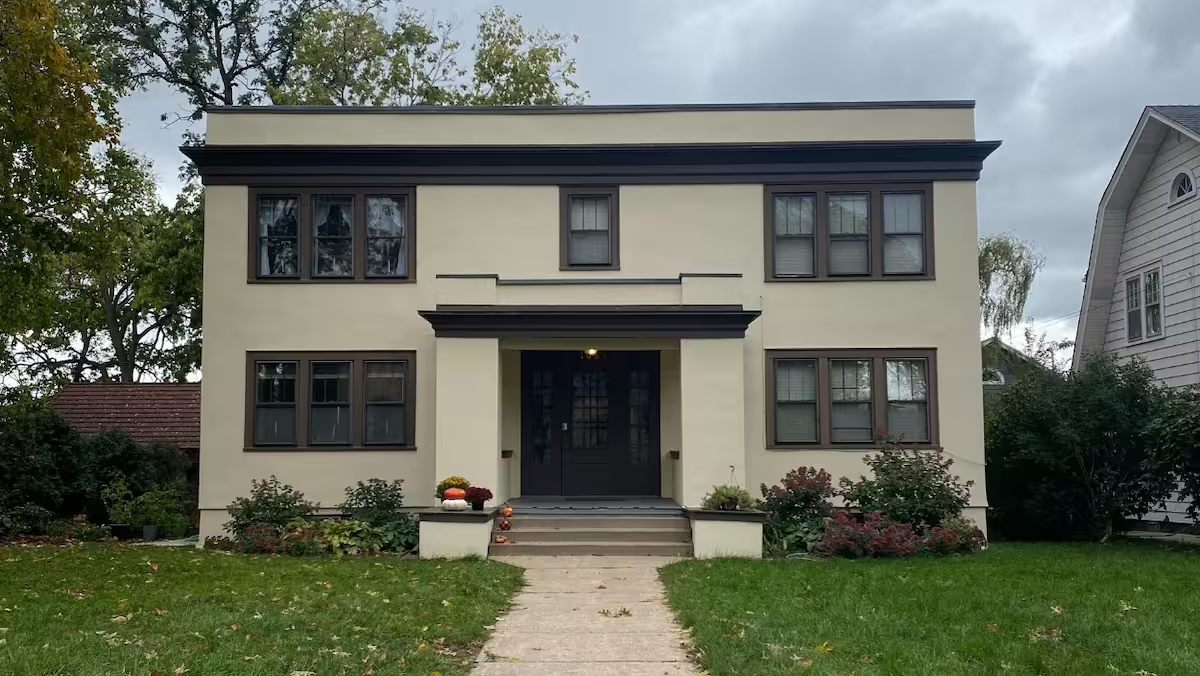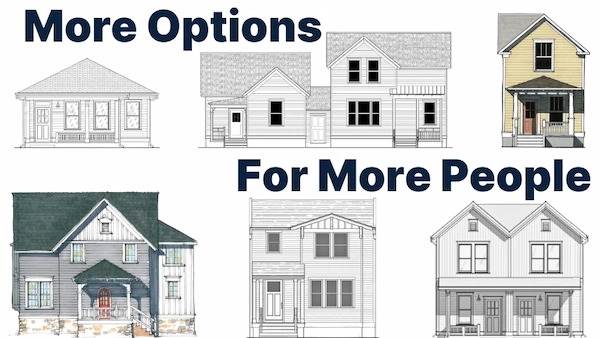Editor's Note: The challenges our cities face are growing, but so is the strength of this movement. Every story we share, every idea we spread, and every tool we build exists because people like you are committed to showing up. Your membership isn’t passive—it’s the momentum that makes change possible.
In most cities, a duplex is treated as a “house” when a builder applies for a building permit. A house has simple codes, straightforward permits, and the process is within reach of a small builder or even a homeowner. But add just one more unit, and the same building footprint suddenly gets thrown into a completely different category.
Triplexes and fourplexes often fall under commercial codes, dragging in a host of complex requirements that make them as burdensome to build as a 40-unit apartment building. This discourages incremental development. Instead of supporting small projects that add gentle density, our rules push builders into either sticking with one- and two-unit buildings or jumping straight to large-scale developments.
Memphis and Shelby County in Tennessee decided to fix this. In 2021, they amended the building code to restore proportionality by changing one definition. The amended the applicability section of the residential building code so that 3–6 unit buildings are defined as residential and can now be reviewed under the residential building code instead of the commercial code. This small rule scales the review process to the size of the project instead of penalizing builders for adding a single extra unit.
These changes recognize that a fourplex is not a high-rise and shouldn’t be treated like one.
One of the clearest examples of this change is Malone Park Commons, a “pocket neighborhood” just north of downtown Memphis. The project mixes cottage-court homes with small multifamily buildings.
Before the reform, proposals for fourplexes and live-work units in this development faced steep barriers because they were classified under commercial codes. After the reform, those same buildings can move forward under residential standards, making them financially and logistically feasible. The shift didn’t just unlock one project; it signaled to small developers across the region that Memphis values incremental growth.
Now It's Your Turn
By matching the process to the project, Memphis made room for the kinds of housing that fit naturally into neighborhoods: duplexes, triplexes, fourplexes, and small apartment houses. These are the buildings that provide affordability, choice, and resilience. They’re also the scale that local, incremental developers are most capable of delivering.
Memphis didn’t lower safety standards. It right-sized them. In doing so, it lowered the walls that keep small builders out of the market.
If your city wants more housing options, ask these questions:
- Do our codes treat a triplex like a high-rise commercial tower?
- Are we creating arbitrary barriers that punish small developers and restrict incremental investment?
- How can we make our rules proportional, so the process matches the project?
Memphis has shown it’s possible. Now it’s up to other cities to follow. If you'd like more guidance, check out our housing toolkits. The first outlines six simple code reforms that any city can implement immediately to unlock more housing. The second shares practical recommendations for empowering small-scale developers.


.webp)


